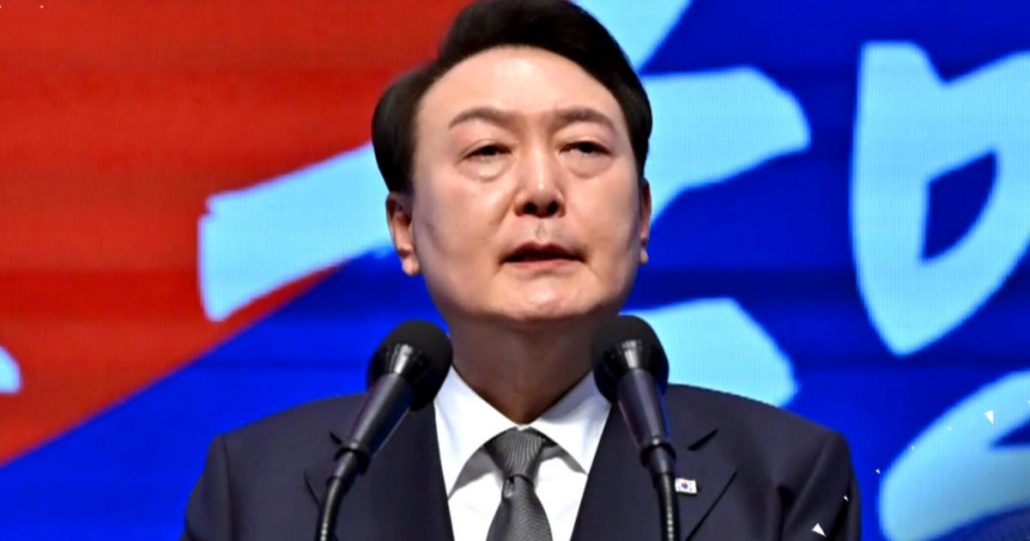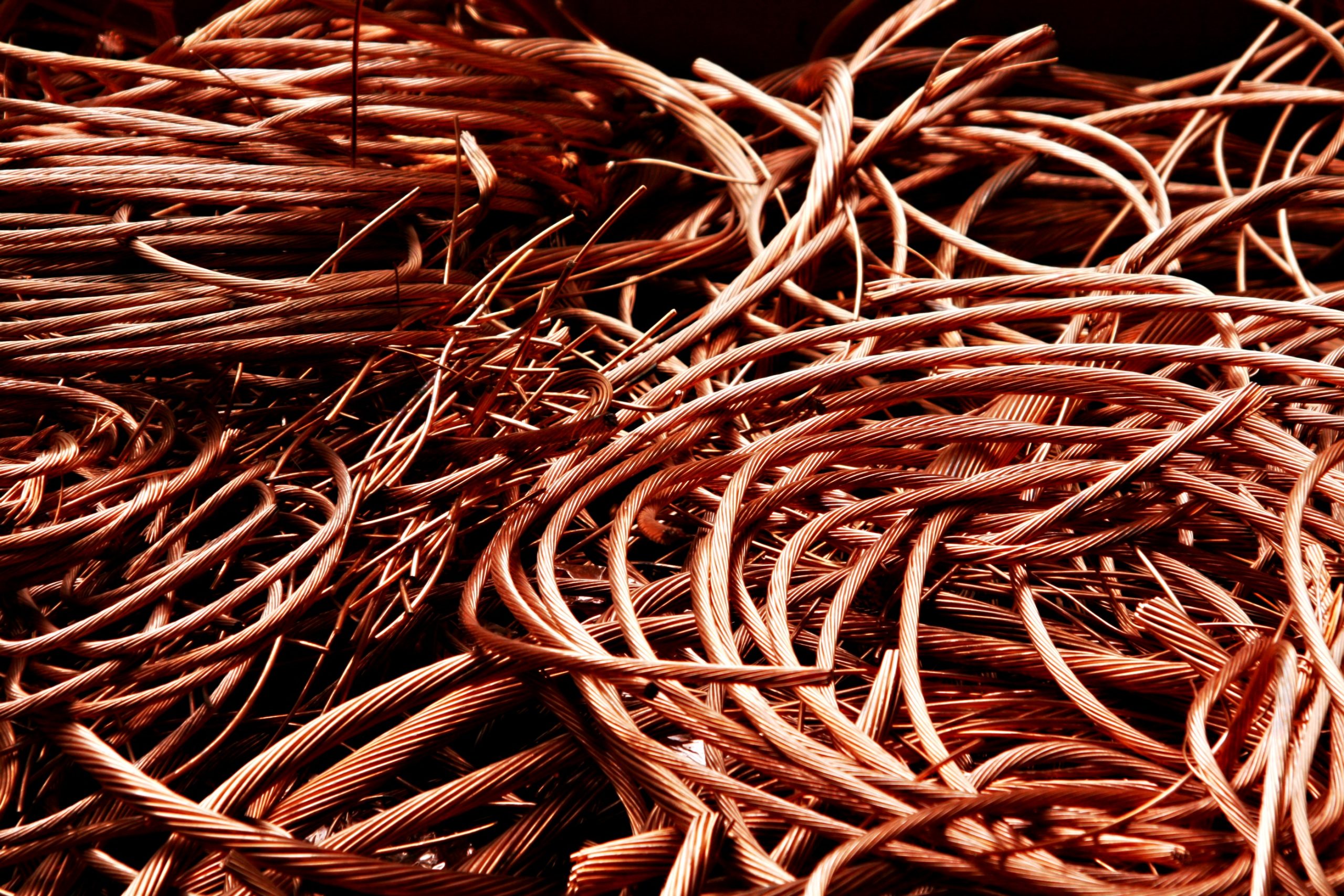
Martial Law in South Korea Briefly Enforced and Quickly Rescinded
In a historic and controversial move, South Korean President Yoon Suk Yeol declared martial law late Tuesday, citing threats to the nation’s democratic order from internal opposition. However, South Korea martial law lifted early Wednesday after the National Assembly voted overwhelmingly to revoke it. The measure remained in effect for only six hours, marking the first time in over four decades that martial law was imposed in South Korea.
Justification for Martial Law and Opposition Backlash
President Yoon justified the decision as a necessary step to counter what he described as “anti-state activities” within the opposition-dominated National Assembly. He accused lawmakers of undermining national security and disrupting governance. However, the opposition condemned the move, calling it unconstitutional and reminiscent of South Korea’s authoritarian past. They argued that military involvement in legislative affairs posed a direct threat to democracy.
National Assembly Votes to Lift Martial Law
The crisis de-escalated swiftly as 190 lawmakers from both the ruling and opposition parties voted to repeal the measure. This bipartisan action reaffirmed South Korea’s commitment to democratic principles and constitutional governance. Military personnel stationed outside the National Assembly were withdrawn immediately after the vote. Speaker Woo Won Shik praised the military’s restraint, emphasizing that the swift reversal demonstrated the country’s political stability.
Public Protests and Concerns Over Democracy
The announcement of martial law triggered mass protests across South Korea. Hundreds of demonstrators gathered outside the National Assembly, blocking military vehicles and demanding an end to authoritarian measures. Many citizens voiced fears that the move signaled a regression toward military rule, drawing comparisons to the pre-democratization era of the 1980s. The protests reflected deepening political divisions, with many viewing the president’s actions as a dangerous precedent for weakening democratic norms.











Leave a Reply
You must be logged in to post a comment.